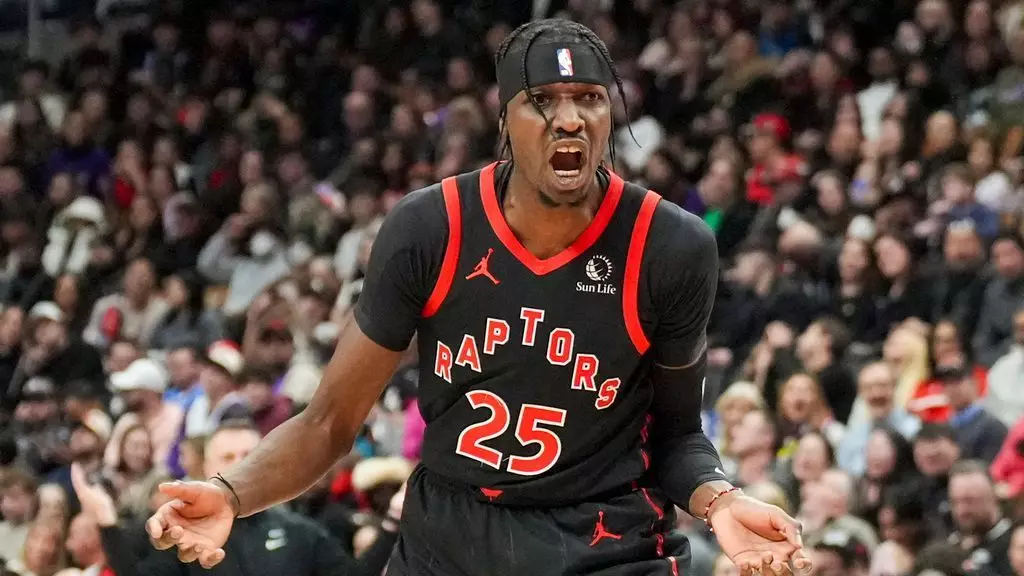The Boston Celtics’ recent trade activity reveals a deliberate shift aimed at bolstering their roster and optimizing financial flexibility. Moving Georges Niang to Utah in exchange for rookie RJ Louis Jr. isn’t just a routine transaction; it is a calculated effort to inject youthful talent and manage salary cap constraints. By trading Niang and two future second-round picks, Boston demonstrates a commitment to strategic long-term planning. The decision to send Niang — a seasoned sharpshooter with nearly 40% career 3-point shooting — back to Utah, where he mentored for four seasons, indicates a desire to reclaim veteran leadership while making room for emerging players.
The acquisition of RJ Louis Jr., an undrafted but promising 22-year-old from St. John’s, underscores Boston’s intent on developing talent from within. While Louis’ professional journey is just beginning, his signing on a two-way contract offers flexibility, letting the Celtics evaluate his growth potential without immediate financial commitment. This move signifies that Boston values youthful upside, emphasizing a future-focused roster strategy rather than short-term fixes.
Financial Acumen as a Competitive Edge
Beyond player acquisitions, the Celtics’ maneuvers reveal astute fiscal planning. The trade involving Niang facilitated a substantial financial reprieve, specifically freeing up $8 million of salary cap space and reinforcing the team’s position below the second luxury tax apron. By doing so, they preserve the franchise’s flexibility to pursue future upgrades without the burden of prohibitive tax penalties. The recent reduction of their payroll from $540 million to approximately $239 million post-draft reflects a disciplined approach rarely seen in NBA front offices.
This financial pruning isn’t merely about cost-cutting; it’s a calculated effort to ensure the team remains agile in the competitive landscape. Boston’s decision to sign free agent forward Chris Boucher to a guaranteed one-year, $3.3 million deal demonstrates they’re investing in versatility and depth without overextending. Boucher, a former key player for Toronto and the last remaining member of their 2019 championship team, brings energy and defense to Boston’s frontcourt—a smart move to enhance their rotational options.
Building for Championship Success
The Celtics’ willingness to move veteran assets and take on promising young players reflects a confident philosophy rooted in winning titles. Boucher’s addition complements Boston’s core, providing size, defense, and a high-energy presence that can alter games. His experience in clinching a championship with Toronto adds intangible value to the locker room.
Meanwhile, acquiring RJ Louis Jr. and managing their salary cap positions them better for future flexibility. This approach suggests that Boston is not solely focused on immediate success but is planning an intricate long-term blueprint. The intent seems to be to create a roster that balances veteran savvy with young talent, all while maintaining financial robustness to adapt as the season unfolds.
In this era of NBA superteams and relentless salary cap management, Boston’s moves illustrate an understanding that strategic financial stewardship combined with smart talent development is the key to sustained success. Their recent trades and signings position them as formidable contenders, equipped with both the grit and the green to chase championship glory.

